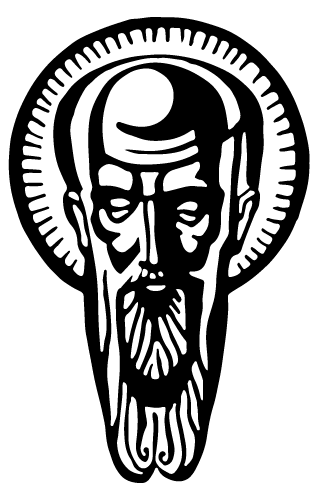In this unit, students get to know the different aspects of chemistry, including structure of the atom, the periodic table of chemical elements, the basic laws of thermodynamics, chemical kinetics and many more. The acquired knowledge is deepened during the next semesters of study – the knowledge from (almost) each individual lecture is expanded through an independent unit.
“By studying quantum mechanics, one can become convinced that this is a world completely different from the one we observe with the naked eye – there, the known laws of mechanics do not apply. An example of this is the famous paradox of Schrödinger’s cat: a cat is placed in box along with a radioactive element, and the lid of the box is closed. After a certain time, the cat is just as likely to be alive as it is not. To a bystander, the cat is both alive and dead at the same time. The case can only be solved if one opens the box and looks inside. This is how things are in the quantum world – the position of very small particles (the electron, for example) cannot be clearly defined – it can be both ‘here’ and ‘there’. Its position can only be described by some probability function—that’s the electron orbital.”
